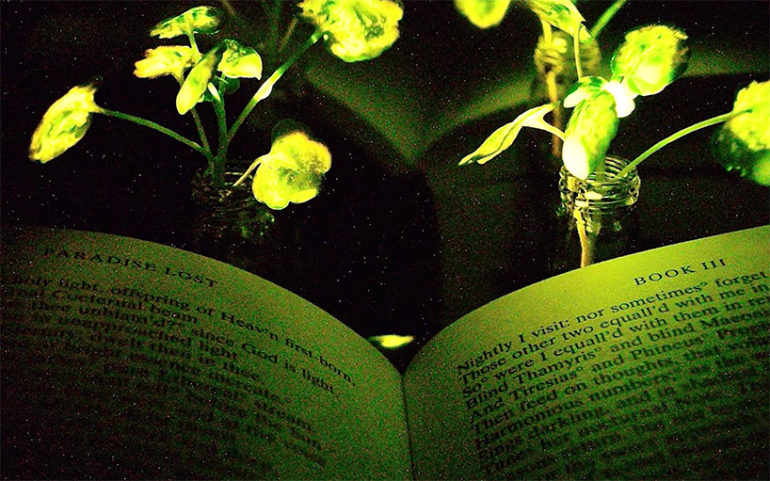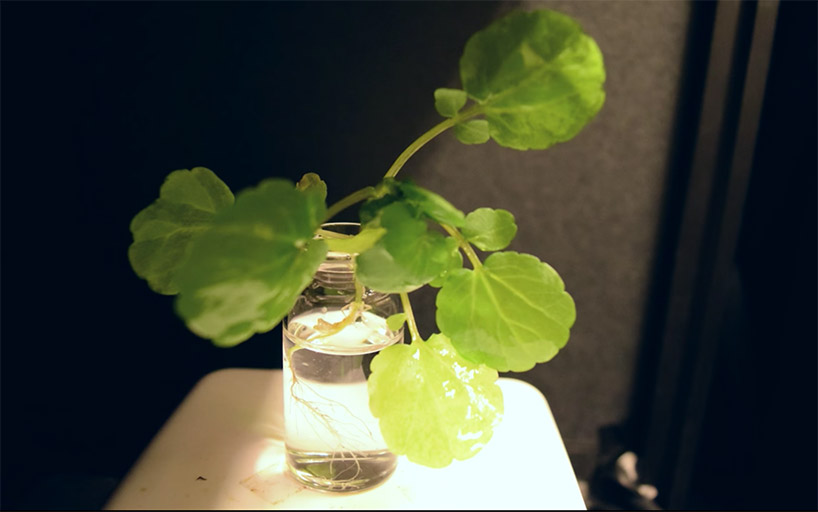Imagine that instead of turning on a lamp when it gets dark, you could read by the light of glowing plants on your desk.
MIT engineers just did a big first step towards the realization of this bold vision. By integrating specialized nanoparticles in the leaves of safflower, they managed to emit faint light for almost four hours. They believe that with a little more research and optimization of their experiment. Such plants one day will be bright enough to illuminate a workspace.
On a slightly larger scale, researchers hope to be able to use whole trees on the streets to replace electric lamps and lights, which are responsible for the 1/5 of global energy consumption.
“Our vision is to build a plant that can function as a desk lamp – a lamp that will not need to connect it to the socket to illuminate because the light will be powered entirely from the energy metabolism of the plant itself,” says Michael Strano, Professor of chemical engineering at MIT and senior author of the study.
To generate bright plants, the MIT team turned to luciferase, the enzyme that makes fireflies glow in the dark. The luciferase acts on a molecule called Luciferin, causing it to emit light. The researchers used another molecule called Coenzyme to remove byproducts of the reaction that may inhibit the action of luciferase.
The research, funded by the US Department of energy, aims in future versions of this technology. Researchers hope to develop a way of painting or spraying the nanoparticles in the leaves of plants. This will allow converting plants and other major plants in light sources.
The progress of research is very promising. At early stages, the scientists had managed to make the plants bright for about 45 minutes. Today the results of herbal luminescent have overcome three and a half hours.
If they manage to grow and increase the intensity of the light, then we can talk about a revolutionary scientific step.











